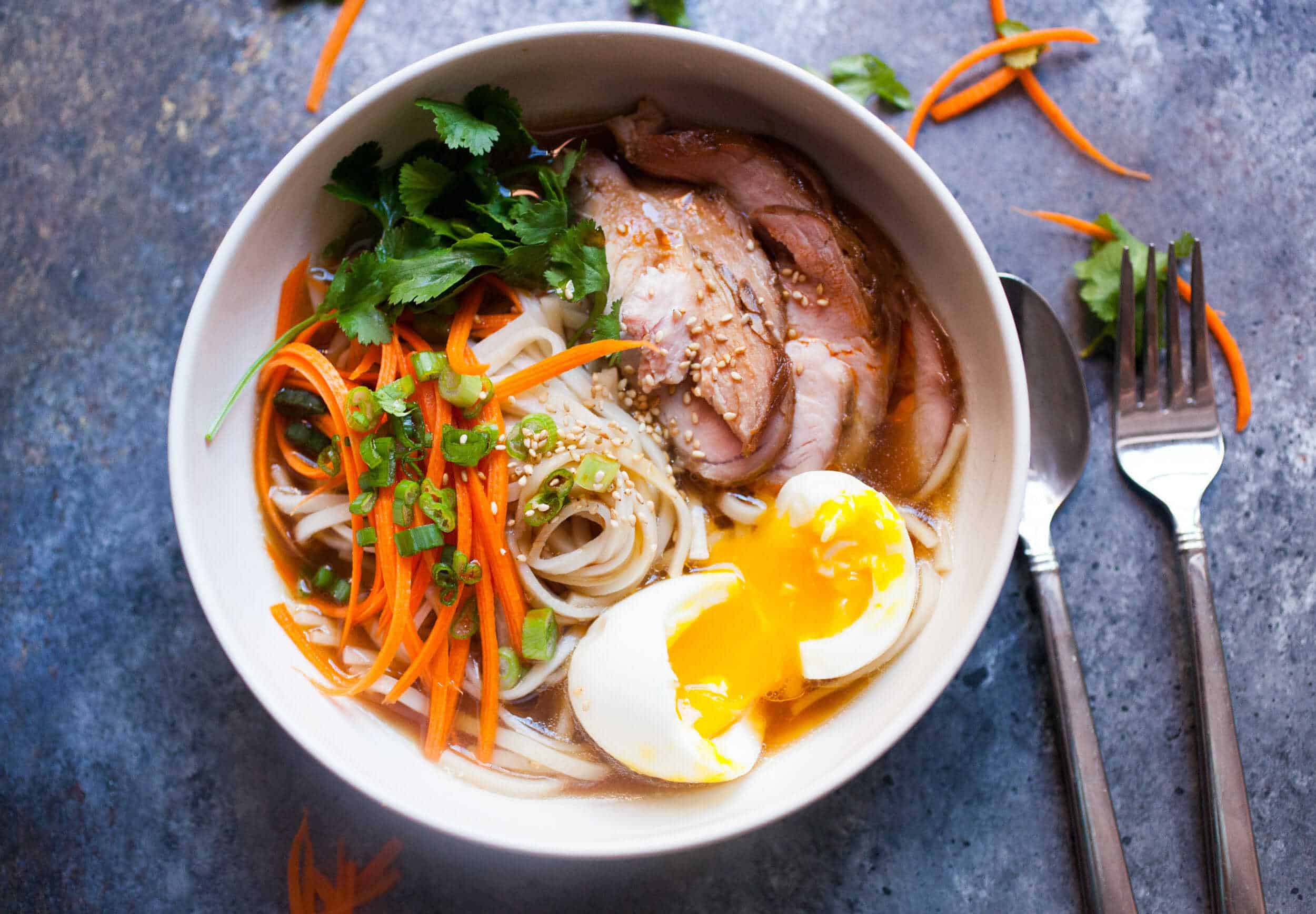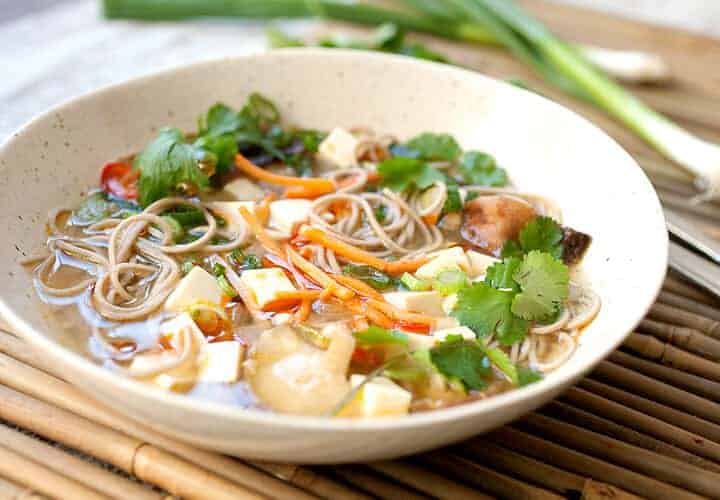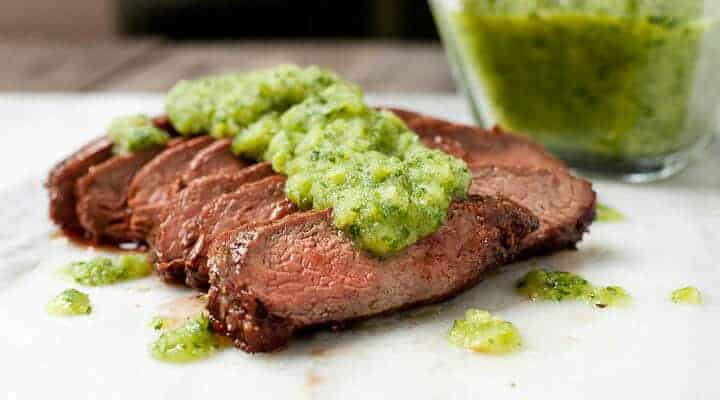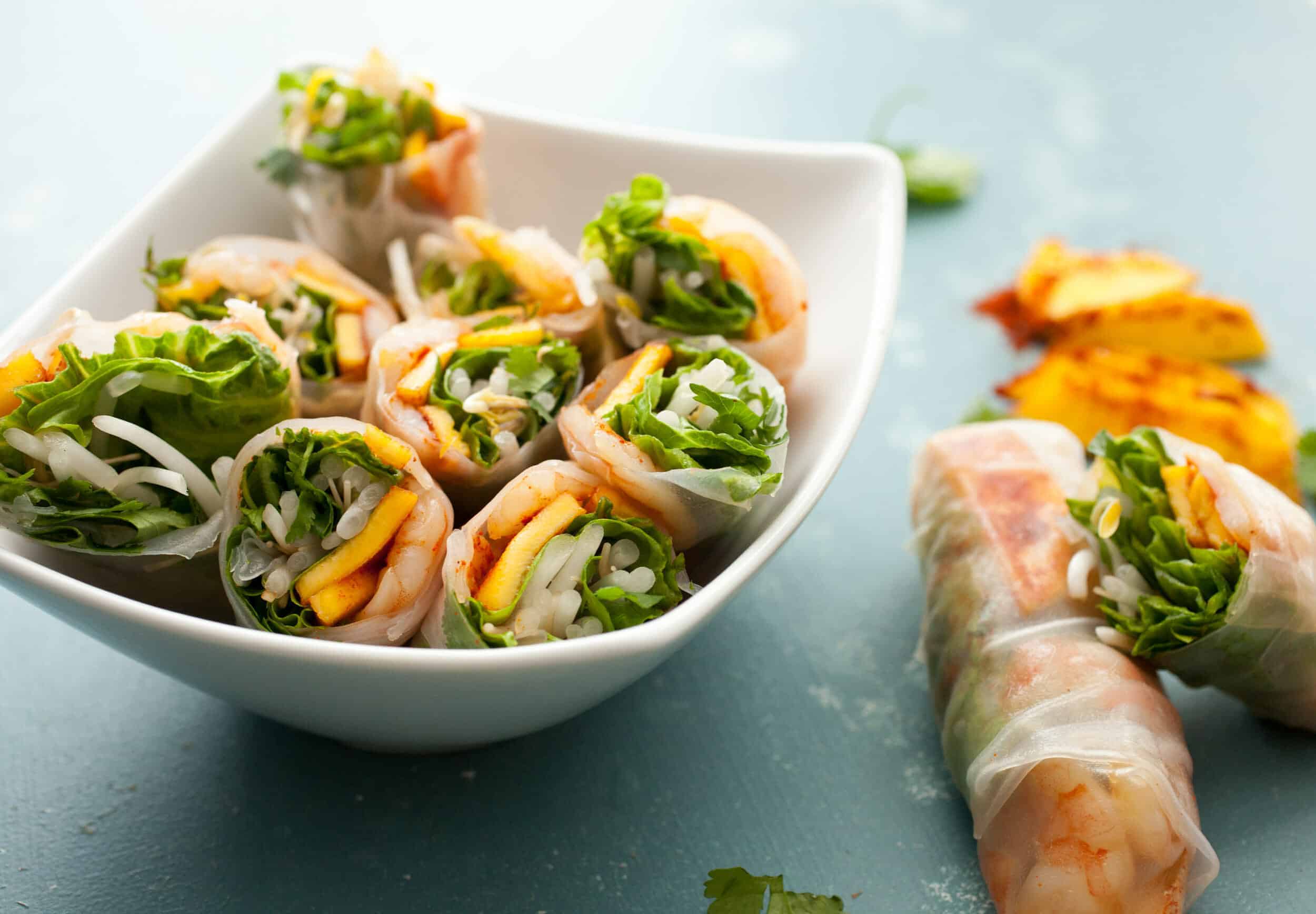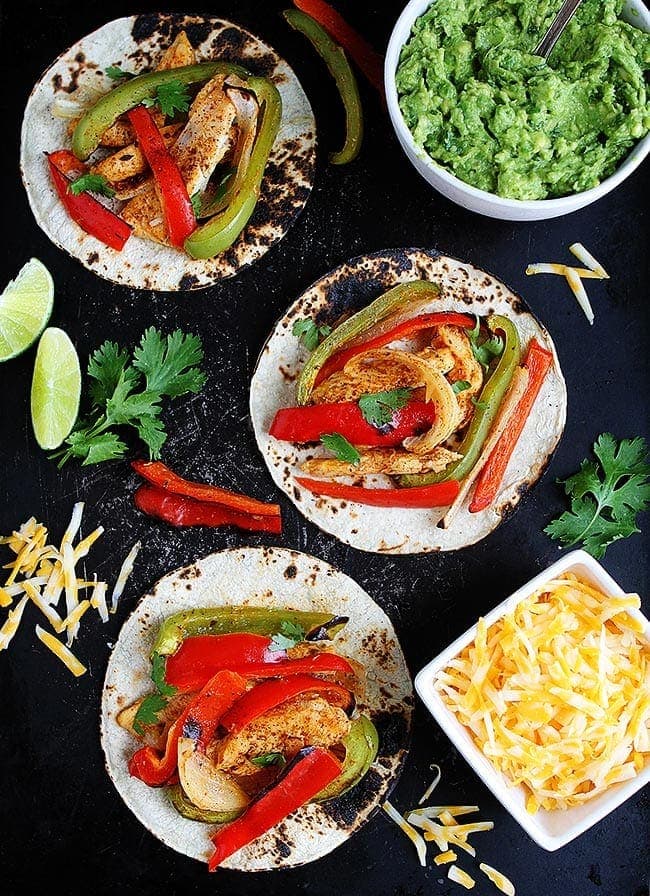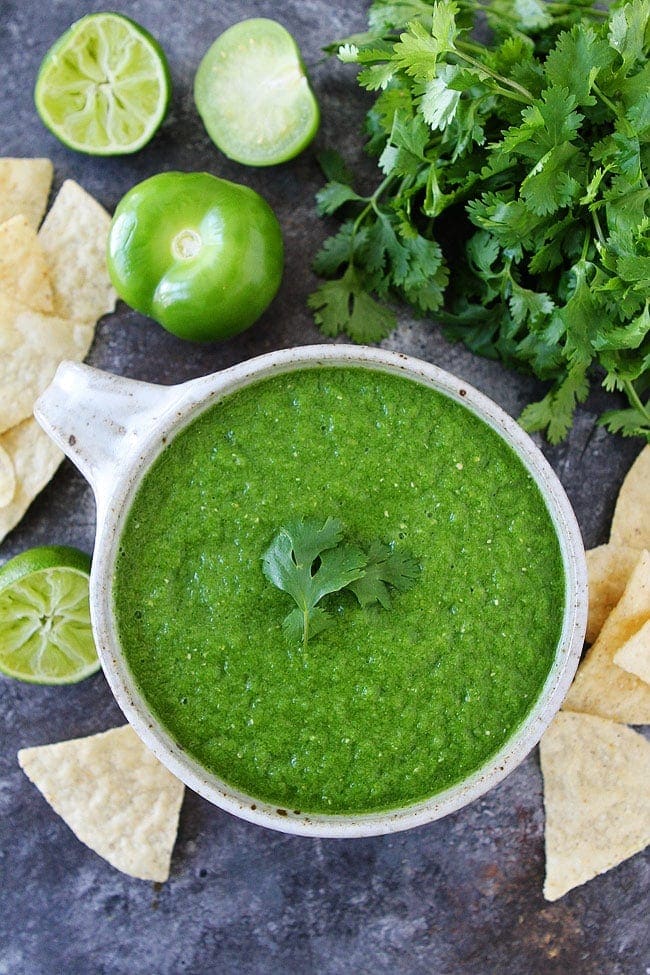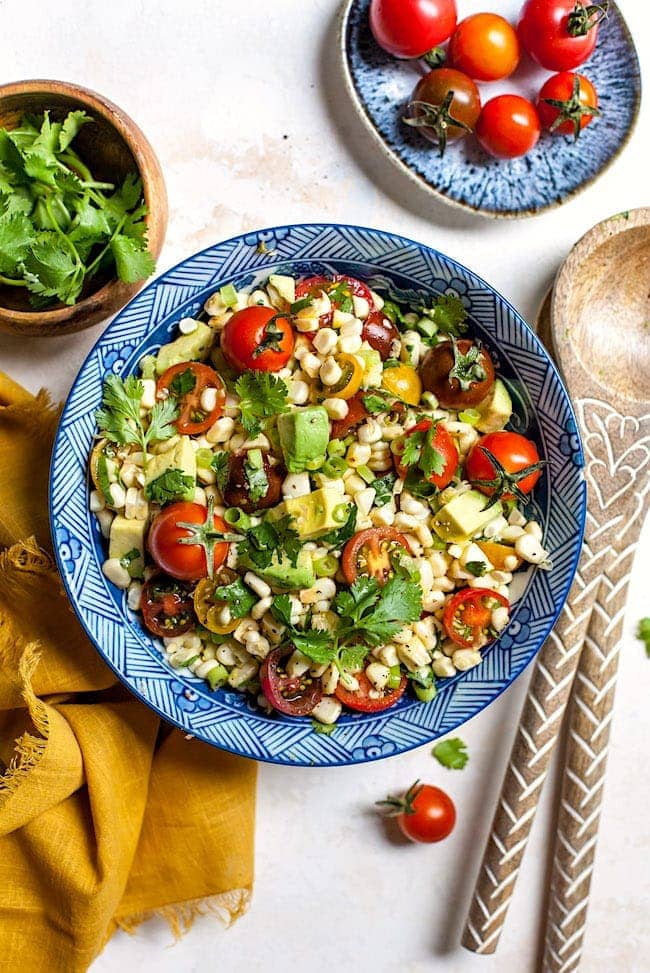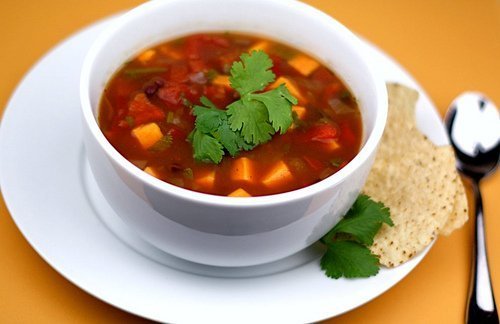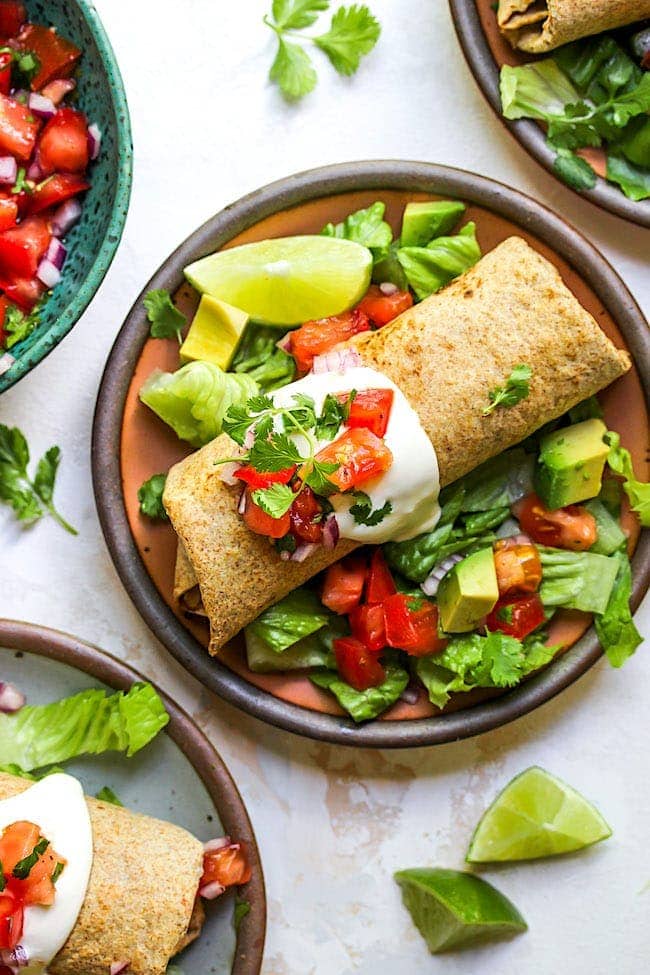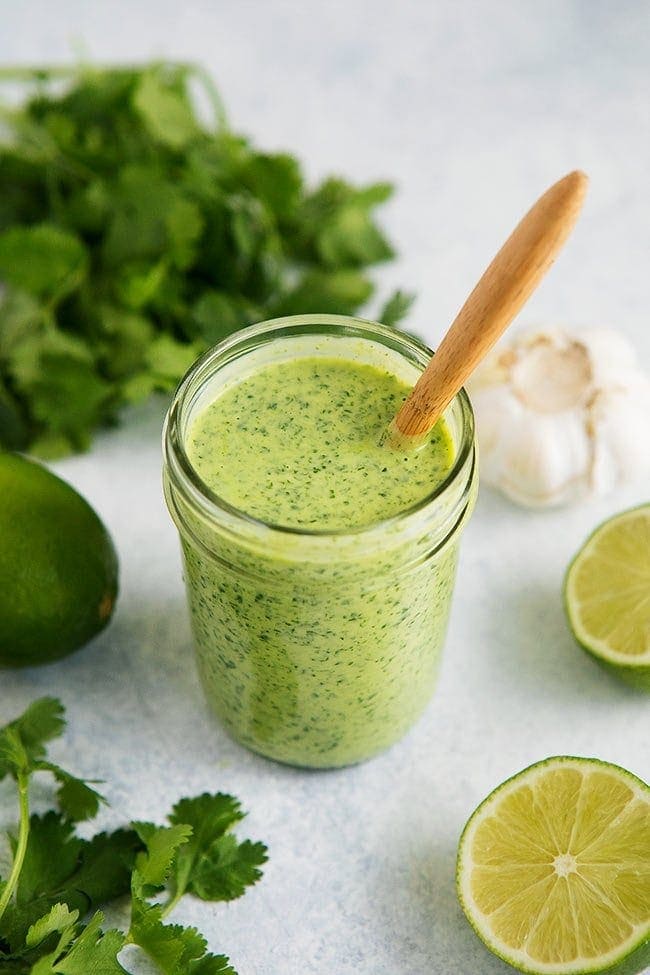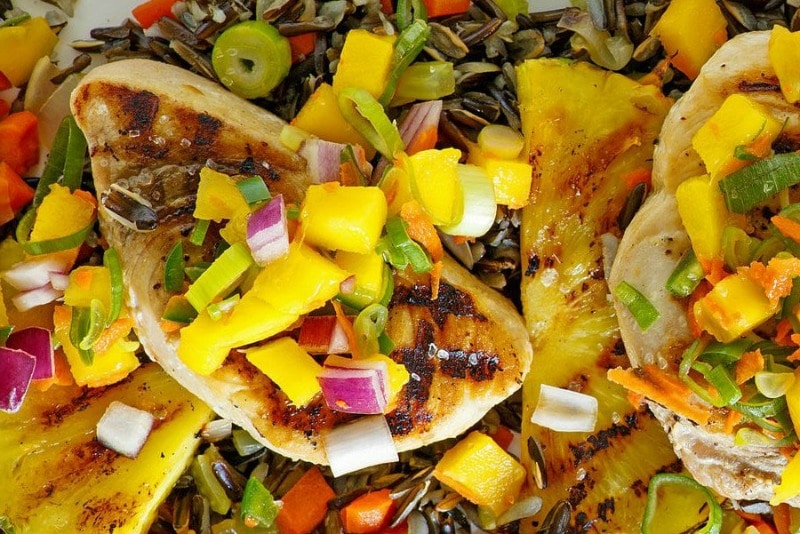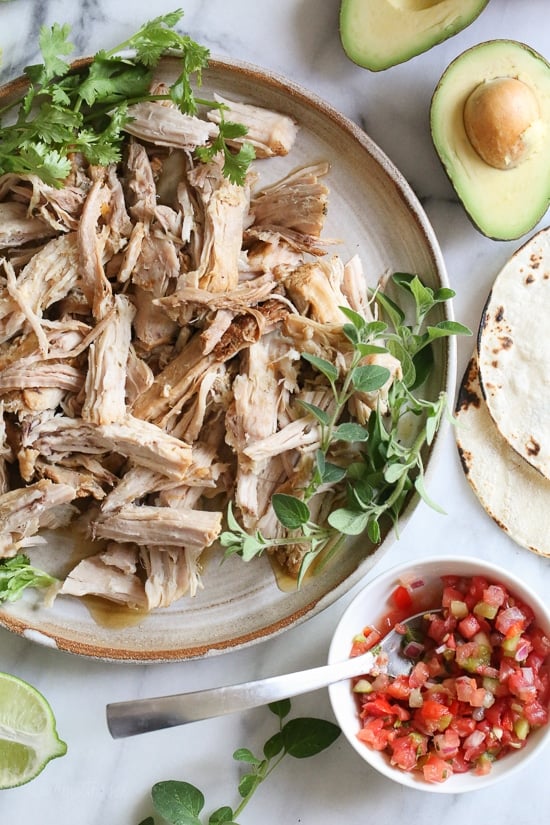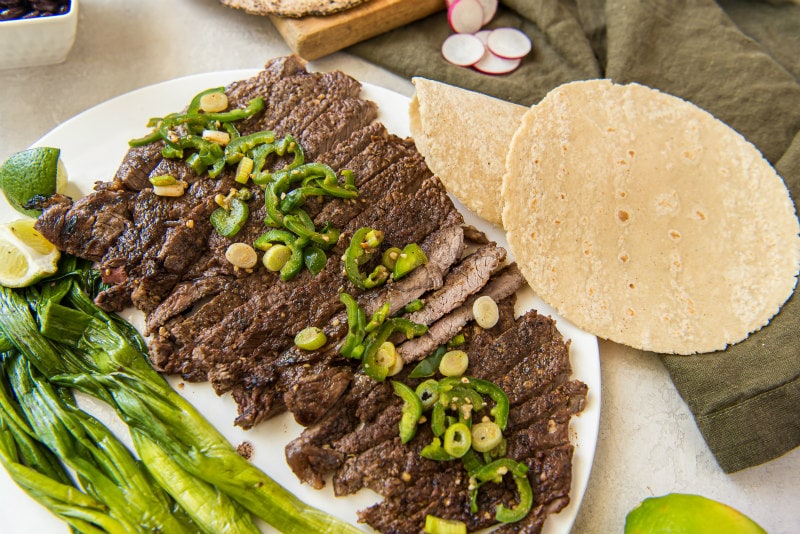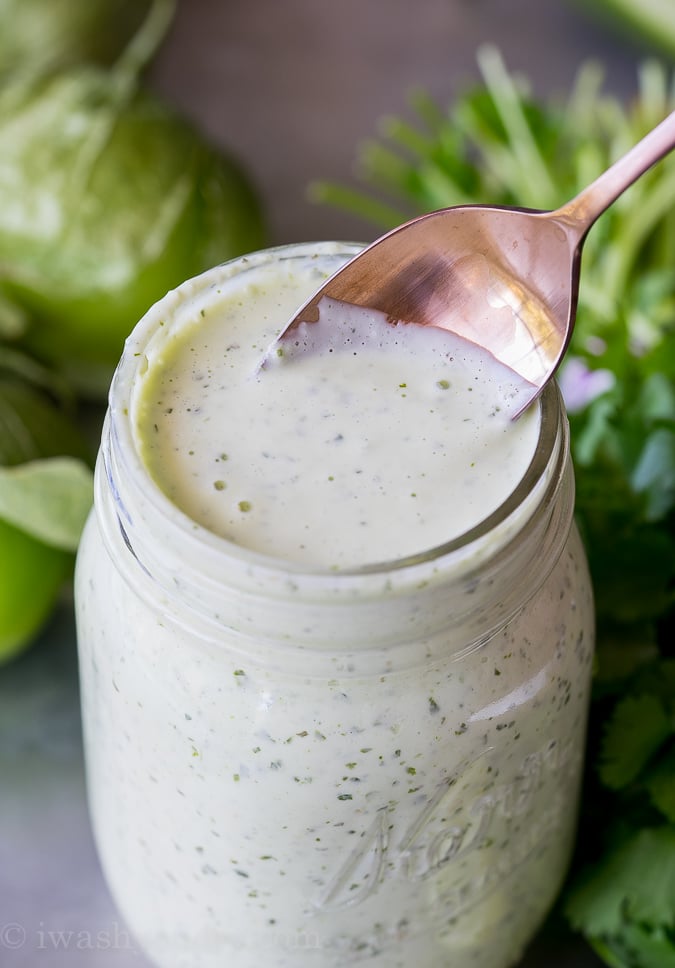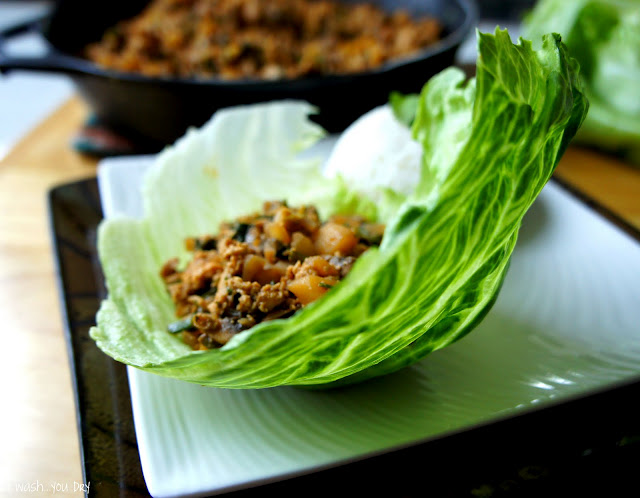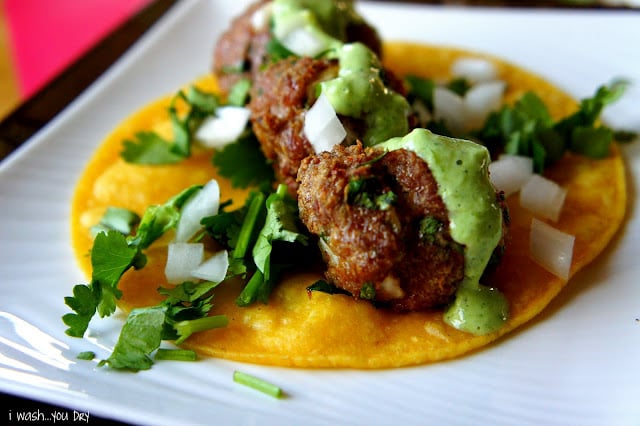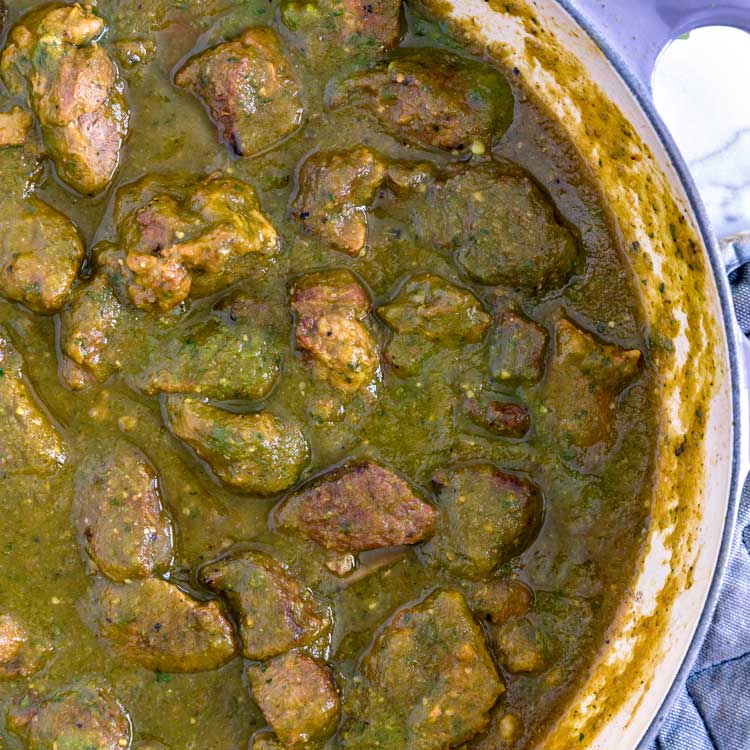Cilantro: Important Facts, Health Benefits, and Recipes
Cilantro, also known as coriander, is a fragrant herb commonly used in international cuisine, prized for its unique citrusy and slightly sweet flavor profile.
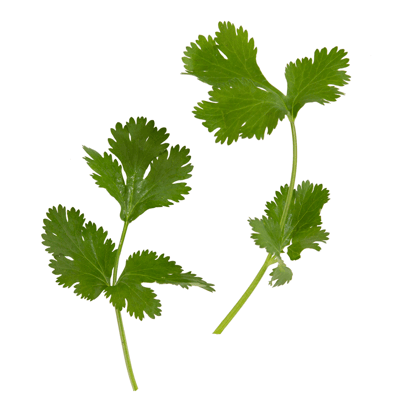
Best Cilantro Recipes
-
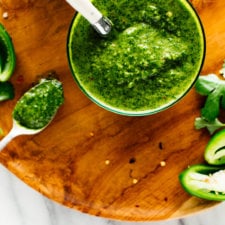
-
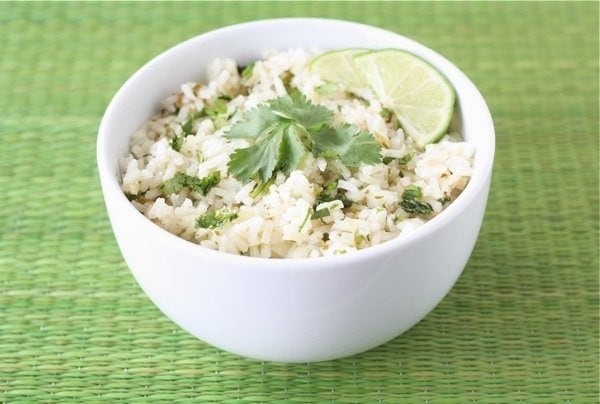
-

-
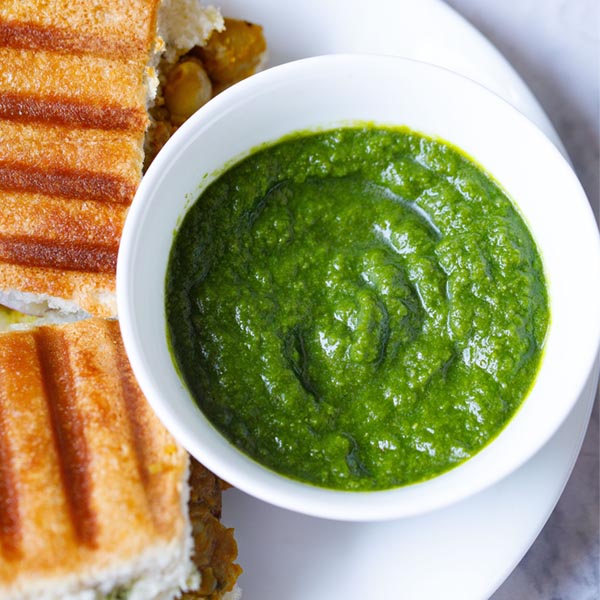
-
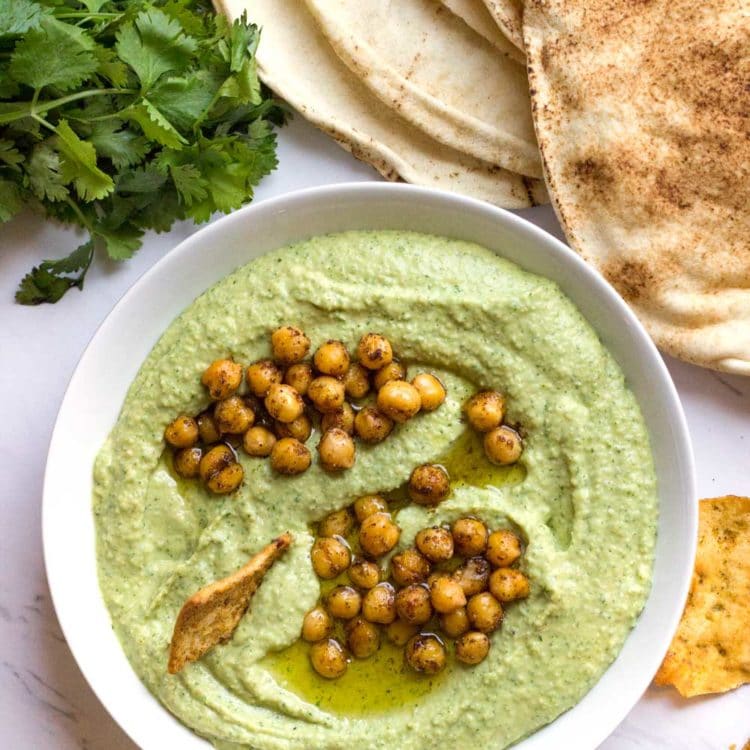
-
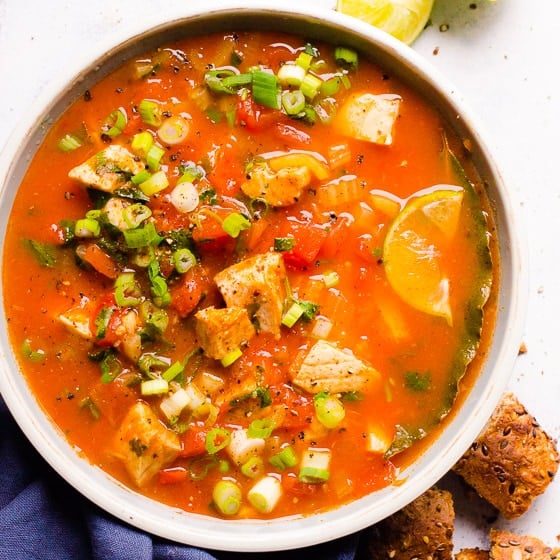
-
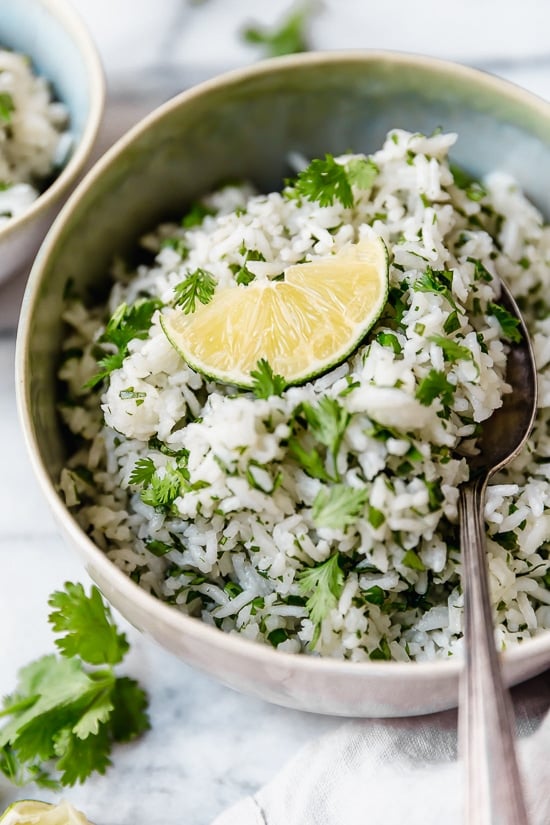
-
:max_bytes(150000):strip_icc()/__opt__aboutcom__coeus__resources__content_migration__serious_eats__seriouseats.com__recipes__images__2013__02__20130211-240221-cook-the-book-polish-country-house-barszcz-d12f18c9f3ec4c09950e3a3670b67d80.jpg)
-
![Argentine Chimichurri Image]()
-
![Cilantro Fritters (Kothimbir Wadi) Recipe Image]()
-
![Zesty Avocado Cilantro Buttermilk Dressing Image]()
-
![Nachos With Cabbage, Beans, and Cilantro Sauce Recipe Image]()
-
![Curry Spiced Lentil Burgers with Cilantro Chutney Recipe Image]()
-
![Portuguese Garlic and Cilantro Bread Soup (Açorda à Alentejana) Recipe Image]()
-
![Vegetable Samosas with Mint Cilantro Chutney Recipe Image]()
-
![Sourdough Rye Crackers With Coriander and Fennel Recipe Image]()
-
![Cheater Weeknight Ramen Image]()
-
![Simple Miso Soba Soup Image]()
-
![Green Apple Chutney Image]()
-
![Savory Grits Bar Image]()
-
![Chili Mango Shrimp Spring Rolls Image]()
-
![Pork Belly Sliders Image]()
-
![Chicken Fajitas Image]()
-
![Shrimp Tacos with Grilled Poblano Salsa Image]()
-
![Tomatillo Salsa Image]()
-
![Sweet Corn Salad Image]()
-
![Black Bean and Sweet Potato Soup Recipe Image]()
-
![Vegetable Spring Rolls with Peanut Dipping Sauce Image]()
-
![Cheesy Green Chile Chicken Chimichangas Image]()
-
![Thai Ginger Chicken and Rice Image]()
-
![Peanut Noodles With Chicken Image]()
-
![Almond-Crusted Cod with Coconut Rice and Ginger Spinach Image]()
-
![Stewed Chicken Tacos Image]()
-
![Creamy Cilantro Lime Dressing Image]()
-
![Grilled Swordfish with Mango Salsa Image]()
-
![Cilantro Chicken Image]()
-
![Grilled Mahi Mahi with Pineapple Salsa Image]()
-
![Instant Pot Garlicky Cuban Pork Image]()
-
![Green Scallop Tacos Image]()
-
![Carne Asada Image]()
-
![Spicy Tomatillo Ranch Dressing Image]()
-
![Asian Turkey Lettuce Wraps Image]()
-
![Chinese Chicken Lettuce Wraps Image]()
-
![Mexican Meatball Street Tacos Image]()
-
![Summer Pasta Salad Image]()
-
![Chicken Tostadas Image]()
-
![Salsa Verde Shrimp Image]()
-
![Chile Verde (Mexican Pork Chili) + Video Image]()


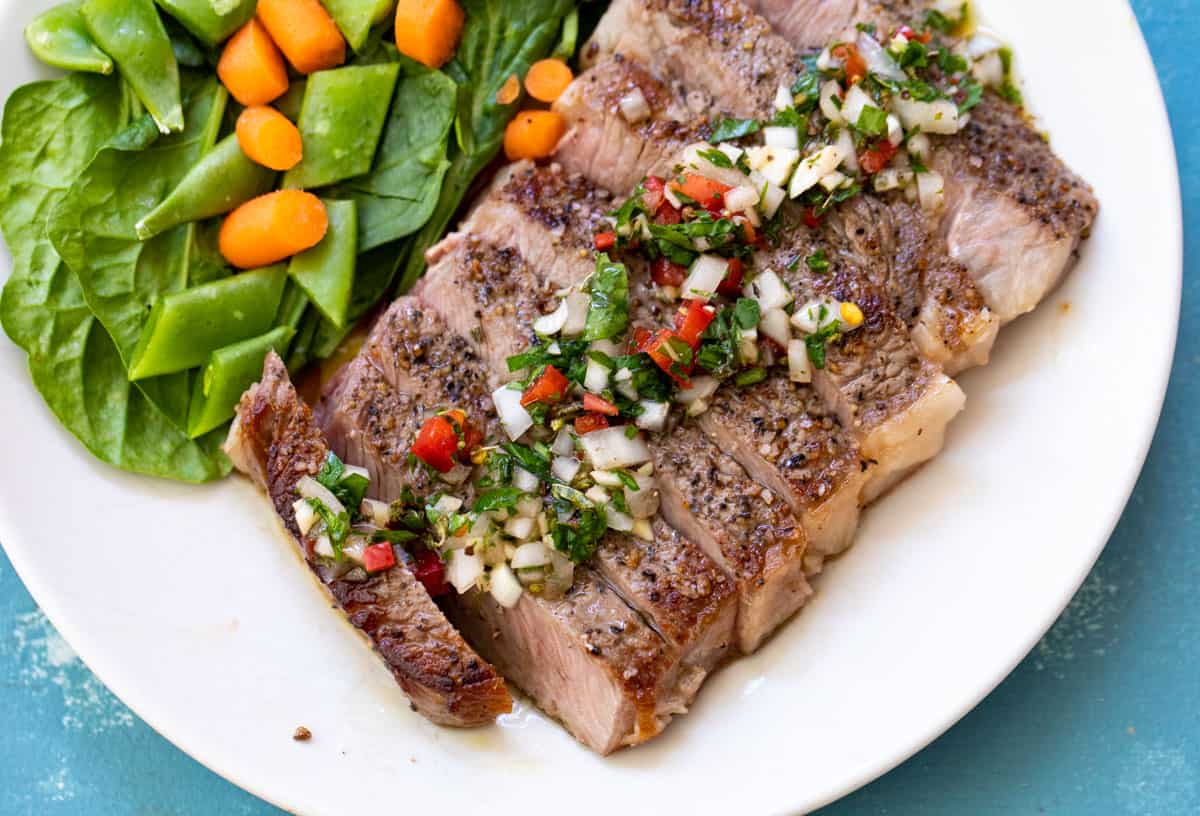
:max_bytes(150000):strip_icc()/__opt__aboutcom__coeus__resources__content_migration__serious_eats__seriouseats.com__recipes__images__2013__03__20131803-Kothimbir-Wadi-Coriander-Fritters-b228ce47f6334d4f98ebf806750e84b0.jpg)

/__opt__aboutcom__coeus__resources__content_migration__serious_eats__seriouseats.com__recipes__images__20110127-134991-savory-nachos-345e3a3408ea471a8757f706dfb472f5.jpg)
:max_bytes(150000):strip_icc()/__opt__aboutcom__coeus__resources__content_migration__simply_recipes__uploads__2020__01__Indian-Lentil-Burgers-LEAD-1-6b9eda63fbed4f4d8f26220e14e1813c.jpg)
:max_bytes(150000):strip_icc()/__opt__aboutcom__coeus__resources__content_migration__serious_eats__seriouseats.com__recipes__images__2014__06__20140603-portuguese-bread-soup-1-4ed2ac1da8af46e8bc9c91eca44beda5.jpg)
:max_bytes(150000):strip_icc()/__opt__aboutcom__coeus__resources__content_migration__simply_recipes__uploads__2019__12__Vegetable-Samosas-LEAD-5-502b04ead41c4c7e91e1a214f1d9d939.jpg)
:max_bytes(150000):strip_icc()/__opt__aboutcom__coeus__resources__content_migration__serious_eats__seriouseats.com__2020__07__20200716-sourdough-discard-crackers-tim-chin2-335c335335734eb4927bd9940f75e0eb.jpg)
